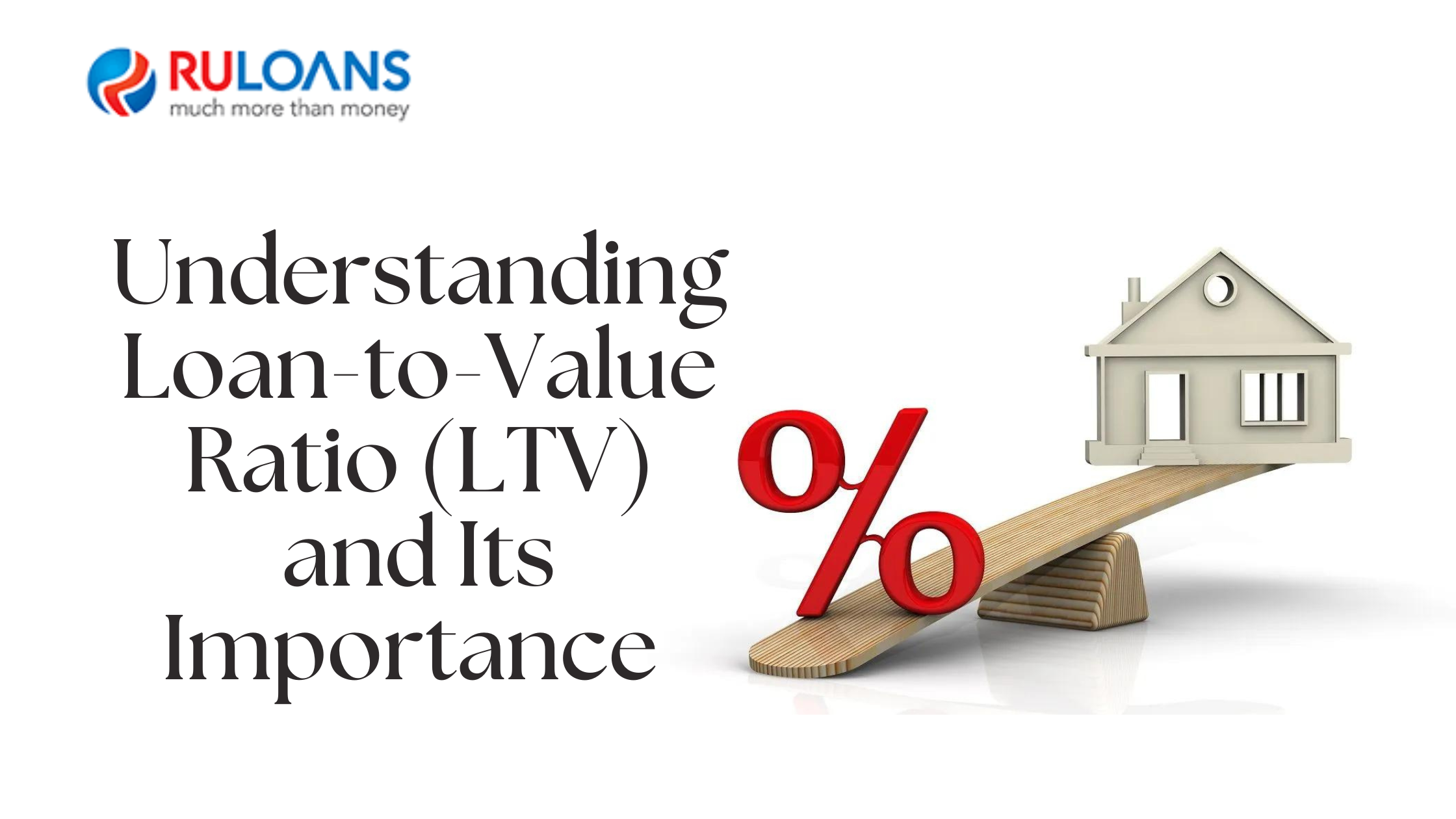India’s burgeoning real estate market has opened a plethora of opportunities for homebuyers. Yet, understanding the intricacies of the home loan process can be daunting for many. One of the most crucial concepts in this context is the Loan-to-Value ratio (LTV). Not only does it influence your loan eligibility, but it also impacts the terms and conditions of your loan.
What is LTV and How Is It Calculated?
LTV is a metric that lenders use to determine the risk associated with the loan they’re offering. It represents the ratio of the loan amount to the appraised value of the property.
To calculate LTV, use the formula: LTV=(Loan AmountAppraised Property Value)×100LTV=(Appraised Property ValueLoan Amount)×100
For instance, if you’re purchasing a property worth ₹10 lakhs and seek a loan of ₹8 lakhs, your LTV is 80%.
The Importance of LTV for Lenders and Borrowers
For lenders, LTV helps assess the risk associated with the loan. A higher LTV means the borrower is financing a significant portion of the property with the loan, which could be riskier for the lender.
For borrowers, LTV determines the amount of down payment required. A lower LTV might mean you need to make a more substantial initial payment, but it also typically results in a more favourable interest rate.
LTV Guidelines
The Reserve Bank of India (RBI) has set guidelines regarding the maximum permissible LTV ratio. While it can vary based on the loan amount and the property type, for most residential properties, the LTV often caps at 75% to 90%.
Factors Affecting LTV
- Type of Property Being Financed: Residential properties typically have a higher permissible LTV compared to commercial properties.
- Borrower’s Credit Score and Financial Situation: A good credit score and stable financial situation can sometimes help negotiate a better LTV.
- Lender’s Risk Appetite: Different lenders have different risk thresholds. Some might offer a higher LTV, while others might be more conservative.
- Prevailing Interest Rates: When interest rates are low, lenders might be more inclined to offer a higher LTV.
How to Improve Your LTV
- Make a Larger Down Payment: This directly reduces the loan amount and, consequently, the LTV.
- Improve Your Credit Score: A higher score can make you more attractive to lenders, possibly improving your LTV.
- Reduce Your Debt-to-Income Ratio: Lenders view borrowers with a lower debt-to-income ratio as less risky.
- Shop Around for a Lender with a Favorable LTV Policy: Different lenders have different LTV policies; it’s worthwhile to explore multiple options.
The Impact of LTV on Your Home Loan
- Higher Monthly Payments: An elevated LTV usually translates to larger loan amounts, leading to higher monthly repayments.
- Private Mortgage Insurance (PMI): In some cases, if your LTV is too high, you might be required to take out PMI, adding to the cost of the loan.
- Fewer Options: A high LTV might limit the lenders willing to finance your purchase and restrict the terms available to you.
Conclusion
LTV is undeniably a cornerstone of the home loan process, especially in a dynamic market like India. Whether you’re a first-time homebuyer or a seasoned investor, understanding LTV can help you navigate the financial landscape more effectively. By comprehending its workings, implications, and the factors influencing it, you place yourself in a stronger position to secure a loan with the most favourable terms.
Key Takeaways:
- LTV represents the ratio of the loan amount to the property’s appraised value.
- It is a critical metric for lenders to evaluate loan risk and for borrowers to understand their down payment and interest rates.
- Several factors, from property type to the borrower’s credit health, influence LTV.
- Improving LTV can lead to better loan terms and lower monthly payments.
- A sound understanding of LTV can greatly aid in making informed decisions in the home loan process.









